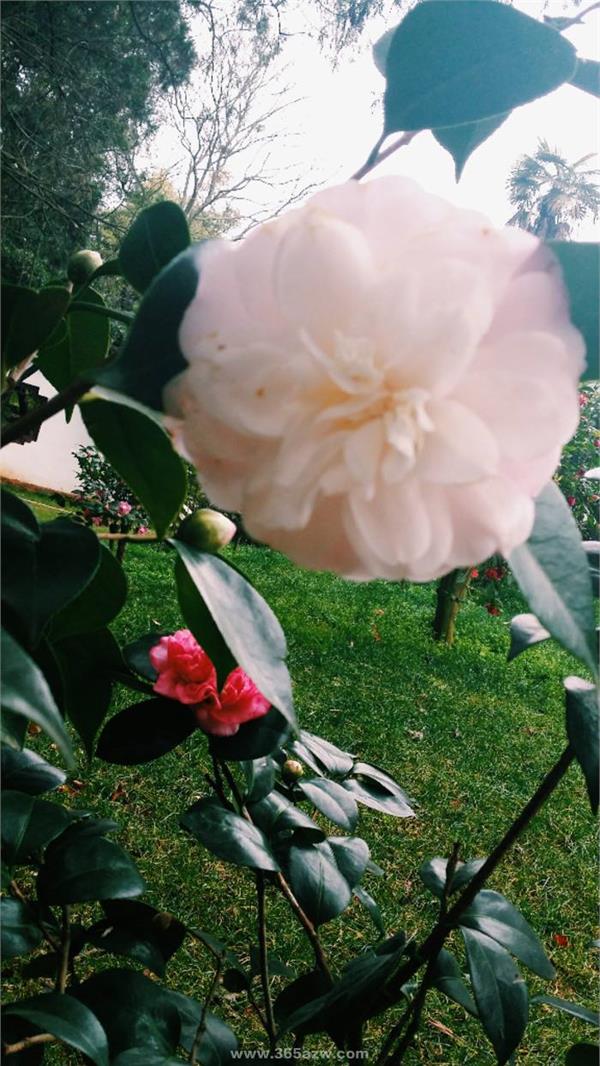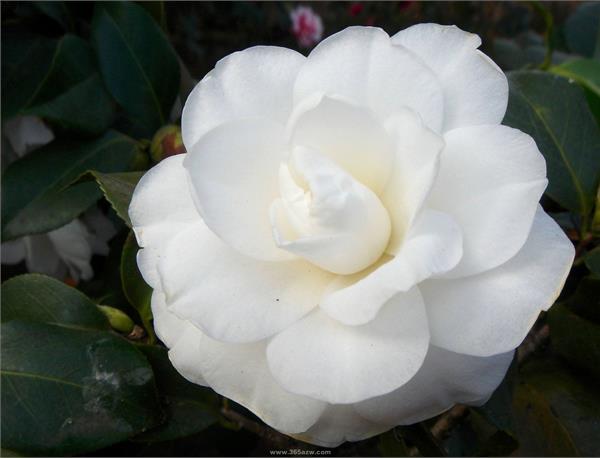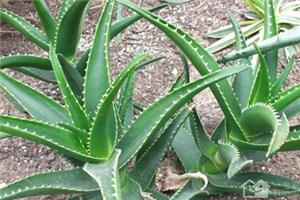What are the camellias and legends?
One of her fancy words is caution. However, this depth and caution also made her feel extremely lonely. Let's take a look at the camellia language and legends.

What are the camellias and legends?
Camellia has many colors, the flower language of white camellia is "pure and innocent", and the flower language of red camellia is "natural beauty". People yearn for the white camellia and feel that it gives people a kind of pleasant spiritual enjoyment. It is a frame of picture and time, and the content behind it is very complex, because every life has the pursuit of blooming beauty.

Legends of Camellia Flower language
It is said that camellias always bloom quietly in the courtyard when the weather is cooler in late autumn. When the camellia withered, it was not the whole flower that fell, but the petals slowly withered until the end of life. Isn't such a careful and reluctant way of withering is the same as the attitude that people pursue their ideal partner? So gradually camellia became a spokesman for the women who adored them. In the winter when almost all the flowers have withered, the red camellia makes people feel warm and lively. Moreover, planting in the garden can also make people appreciate her faint scent of flowers. Therefore, camellia makes people feel lovely, humble, ideal love, prudence, great charm.

Selected essays on Camellia Flower: Camellia in hometown
Author: Luo Lan, the owner of the house
Living in a small town on the border of southern Jiangxi, I have had a strong affection for camellia since I was a child.
When the Duke sowed the earth with the first spring rain, the camellia trees all over the mountains seemed to be awakened and held out the buds wrapped around the green calyx one after another. in less than three days, the snow-white camellias clustered all over the top of the branches.
I remember when I was in primary school, I used to get up early every morning to herd cattle on the hillside. Most of the time, I made an appointment with a number of good friends. Because the time is still early, the mountain haze has not dispersed yet, dense. My little friend and I arrived at the agreed destination and let the cattle look for food by themselves. At this time, the deep ploughing in early spring has just begun, and the seedlings have not yet been planted, so there is no need to worry that the cattle will spoil the crops.
As soon as we arrived at our destination, we went to look for the stem of a fern, the thicker the better, took off its middle part, pulled out a white core, and a natural "straw" was made. When the "tools" were ready, we were busy coming. At this moment, we are more like a group of painstaking little bees, sucking every camellia full of nectar. The night dew is not yet bright, and although the nectar is diluted, we still sip it. When we find that the stamens are full of nectar, we will have an irrepressible excitement and joy. In the early morning light, all kinds of bees and insects, which had been resting all night, woke up, and there was a "buzzing" everywhere in an instant. At this time, the cattle also ate about the same. We drove the cattle, carrying the fragrant and sweet of camellia nectar, and embarked on the way home contentedly.

Camellia is a drought-tolerant, sunny deciduous shrub, not tall, solid wood, it generally grows in the hillside or depression. In my hometown, camellia wood is mostly used as the handle of tools or the wedge of mortise and tenon position. I learned from my father that for many years, the able-bodied young people in my hometown have gone out to work, and the wilderness is barren. In the early years, the heyday camellia trees gradually declined because other plants around them grew sharply and no one cut the hoe. Although the growth environment of camellia is at a disadvantage, it has been growing tenaciously upward, opening up a sky of its own.
Because of my work relationship, I have not returned to the hometown where Hakka culture has been nourished for many years, and the camellias growing in that land can only blossom and thank myself in the author's dream.
Camellia, it is snow-white, but not pale, warm and thick; it is not as fragrant as gardenia, but elegant and fresh, never flamboyant; it is slender, not coquettish. Hakkas are like camellias in the valley, pure and simple; the spirit of Hakkas is as indomitable and unswerving as camellia trees; and the reputation of Hakkas, like camellia oil, remains fragrant forever in the world!
Forever Fangxin is in the world!
Related
- Wuhan Hospital Iron Tree Blooming Result Was Instantly Frightened by the Gardener Master
- Which variety of camellia is the most fragrant and best? Which one do you like best?
- What is the small blue coat, the breeding methods and matters needing attention of the succulent plant
- Dormancy time and maintenance management of succulent plants during dormancy
- Minas succulent how to raise, Minas succulent plant pictures
- What are the varieties of winter succulent plants
- How to raise succulent plants in twelve rolls? let's take a look at some experience of breeding twelve rolls.
- Attention should be paid to water control for succulent plants during dormant period (winter and summer)
- Watering experience of twelve rolls of succulent plants
- Techniques for fertilizing succulent plants. An article will let you know how to fertilize succulent plants.



